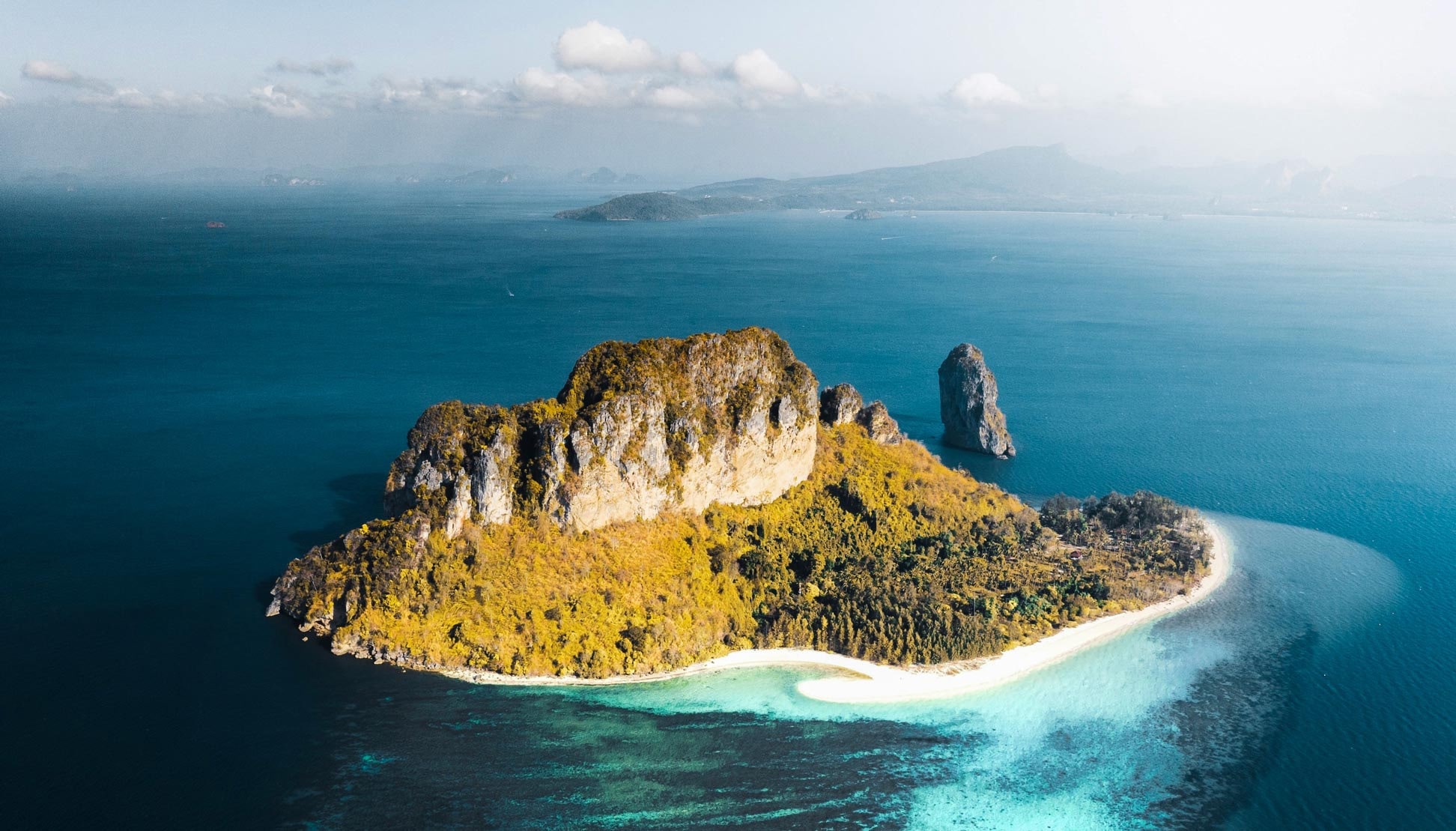
30 interesting facts about Islands
- 👁️ 393
Islands, those secluded parcels of land surrounded by water, are more than just vacation destinations or dots on a map. They are unique ecosystems, cultural havens, and geological wonders that have fascinated explorers, scientists, and dreamers for centuries. From the largest continental islands to the tiniest islets, each island tells its own story of formation, evolution, and human habitation. They have been the sites of major historical events, inspirations for myths and legends, and homes to species found nowhere else on Earth. Here are 30 interesting and informative facts about islands that highlight their diversity, beauty, and significance in the world.
- Greenland is the world’s largest island, covering over 2.1 million square kilometers.
- The Philippines is an archipelago that consists of 7,641 islands, making it one of the largest archipelagos by the number of islands.
- Japan is made up of 6,852 islands.
- Islands can be formed through volcanic activity, the buildup of coral reefs, or the rising of landmasses due to tectonic movements.
- Madagascar is the fourth largest island in the world and hosts more than 90% of its wildlife that is found nowhere else on Earth.
- The island of Borneo is divided among three countries: Indonesia, Malaysia, and Brunei.
- Hawaii’s Big Island is growing larger every year due to volcanic eruptions from Kilauea.
- The Galápagos Islands inspired Charles Darwin’s theory of natural selection.
- There are over 18,000 islands in Indonesia, making it the world’s largest archipelagic state.
- The world’s smallest island with a building on it is Bishop Rock, located in the Atlantic Ocean.
- Iceland is one of the youngest landmasses on the planet, and its largest volcano, Katla, is overdue for an eruption.
- The Solomon Islands are home to some of the world’s best diving spots, including numerous WWII wrecks.
- Some islands are man-made, such as the Palm Islands of Dubai, United Arab Emirates.
- New Zealand’s South Island is officially named Te Waipounamu, which means “The Waters of Greenstone” in Māori.
- The island of Socotra, off the coast of Yemen, is often described as the most alien-looking place on Earth due to its unique flora.
- Venice, Italy, is built on 118 small islands.
- The Cook Islands, a nation in the South Pacific, has a population smaller than a small town but spreads across an area larger than India.
- Easter Island, known for its mysterious moai statues, is one of the most isolated inhabited islands in the world.
- The Seychelles are made up of 115 islands, most of which are uninhabited.
- Australia is considered a continental landmass, not an island, due to its size.
- The Maldives, comprising around 1,200 islands, is the world’s lowest country, with an average ground level of just 1.5 meters above sea level.
- The United Kingdom is an island nation that includes over 6,000 islands.
- Sri Lanka was historically known as Ceylon until 1972.
- The Aleutian Islands in Alaska form one of the longest island chains in the world.
- Sable Island, off the coast of Canada, is known as the “Graveyard of the Atlantic” due to the number of shipwrecks it has caused.
- Tristan da Cunha, a group of remote volcanic islands in the South Atlantic, is the most remote inhabited archipelago in the world.
- The island of Mauritius was the only known home of the dodo bird before it became extinct.
- Papua New Guinea is home to the third-largest island in the world and has one of the most diverse linguistic landscapes, with over 800 languages spoken.
- The Torres Strait Islands are a group of at least 274 small islands between Australia and New Guinea.
- The artificial island of Neeltje Jans was constructed to facilitate the completion of the Oosterscheldekering, a major dam in the Netherlands.
Islands offer a unique blend of natural beauty, cultural diversity, and ecological significance. From serving as crucial biodiversity hotspots to being centers of human habitation and culture, islands play vital roles in the global ecosystem and human history. They remind us of nature’s power to create and shape environments and the importance of preserving these delicate ecosystems for future generations. As we continue to explore and understand these isolated worlds, we uncover more about their mysteries, challenges, and the endless fascination they hold.
Islands, those secluded parcels of land surrounded by water, are more than just vacation destinations or dots on a map. They are unique ecosystems, cultural havens, and geological wonders that have fascinated explorers, scientists, and dreamers for centuries. From the largest continental islands to the tiniest islets, each island tells…